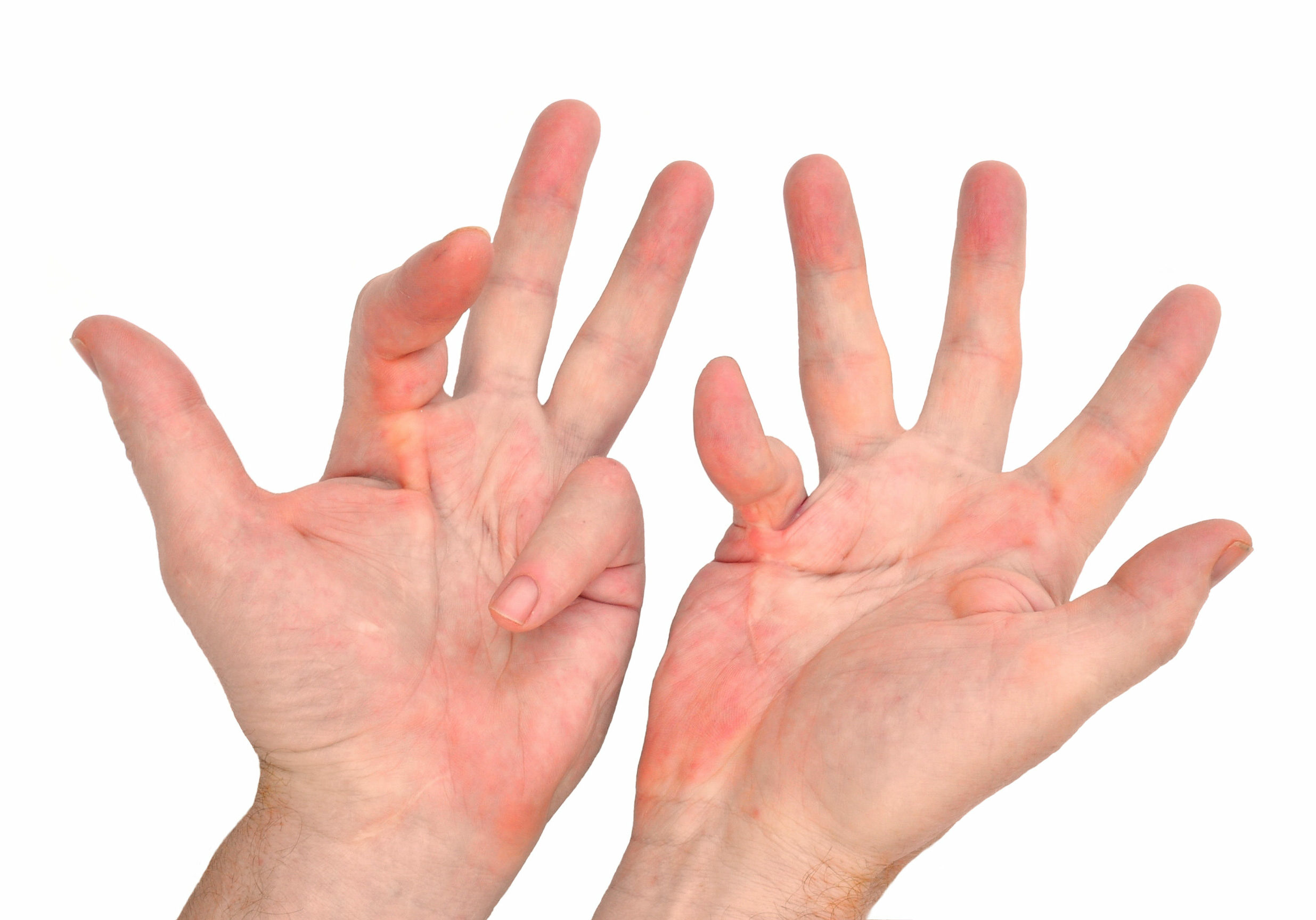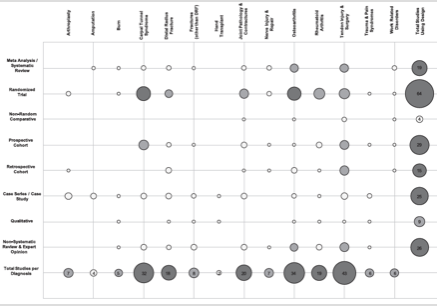The 3 Stages of Graded Motor Imagery
We’ve all heard of mirror box therapy, but do you know the details of how it works? There’s actually 3 stages involved that exercise the brain and take advantage of its plasticity. There is a great deal of evidence supporting these three stages and you can use them with confidence. It should be noted that all 3 stages must be used in sequence to be effective.
Stage 1: Laterality
Laterality is the ability to identify if a body part as being left or right sided when shown an image of the body part. For example if a patient is experiencing pain in their hand, you would show them pictures of hands and have them identify if the hand shown is a left hand or a right hand. This is important for recovery from pain and improved mind-body awareness. Limb laterality recognition activates premotor (association) cortices, not the primary motor cortex. This is a precursor to the other two steps and prepares the brain for further association processes.
Images of left and right hands can be presented to the patient on flashcards, online, or through free Apps on your phone (orientate). The more the better.
Stage 2: Explicit Motor Imagery
This stage involves imagining movements without actually moving. Much like an athlete envisioning the movements before they do them, your patient will imagine movements of the affected hand without moving it. This activity activates the premotor cortex as well as the motor cortex, allowing the basis for graded motor imagery progression. Mirror neurons in the brain are a clear target during this activity. For example you might ask your patient to imagine their hand doing a specific activity or to imagine manipulating a certain object. Visualization of motor movements without pain improves the body’s ability to move in the same pattern without perceived pain.
Stage 3: Mirror Therapy
The final stage is to use a mirror to present the reverse image of a limb to the brain, thus “tricking” the brain. Some common mirror progressions may include:
- Looking at the hand
- Turning the hand up and down via the arm
- Flatten the hand
- Move individual fingers
- Thumb to fingers
- Tapping fingers
- Tool usage
A lot of research has been done to show the effectiveness of graded motor imagery on CRPS. You may also find this technique to be useful for stroke patients, phantom limb pain, and other neurologically based phenomena.
You can check out our video “How to Make a Mirror Box” for details on making a low cost mirror box for your clinic.
More To Read
Surgery & Hand Therapy Highlights for Dupuytren’s Disease
Dupuytren’s disease affects the fascia of the hand (Dupuytren’s fasciectomy hand). It is relatively common to encounter patients with Dupuytren’s condition, even if that is not the primary reason you are treating the patient. Patients often present with a nodule(s) in the palm of the hand, or they may even have a thickened cord running…
Read MoreCarpal Tunnel Treatment: Splinting Only vs Splinting & Conservative Treatment
Short-term clinical outcome of orthosis alone vs combination of orthosis, nerve, and tendon gliding exercises and ultrasound therapy for treatment of carpal tunnel syndrome. Sim, Sze En et al. Journal of Hand Therapy, Volume 32, Issue 4, 411 – 416 The Skinny- Carpal tunnel syndrome (CTS) is the most common compression neuropathy. Compression of the…
Read MoreHand Therapy Interventions for Distal Upper Extremity Injuries and Conditions
Takata, S.C., Wade, E.T., & Roll, S.C. (2019). Hand therapy interventions, outcomes, and diagnoses evaluated over the last 10 years: A mapping review linking research to practice. Journal of Hand Therapy, 32(1), 1–9. Written by Brittany Carrie The Skinny Approximately 26.9% of orthopedic injuries and disorders of the upper extremity occur worldwide. Injuries are most…
Read MoreSign-up to Get Updates Straight to Your Inbox!
Sign up with us and we will send you regular blog posts on everything hand therapy, notices every time we upload new videos and tutorials, along with handout, protocols, and other useful information.





